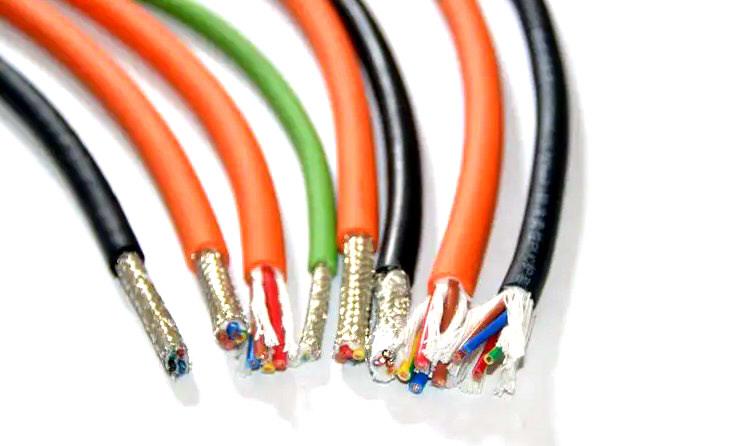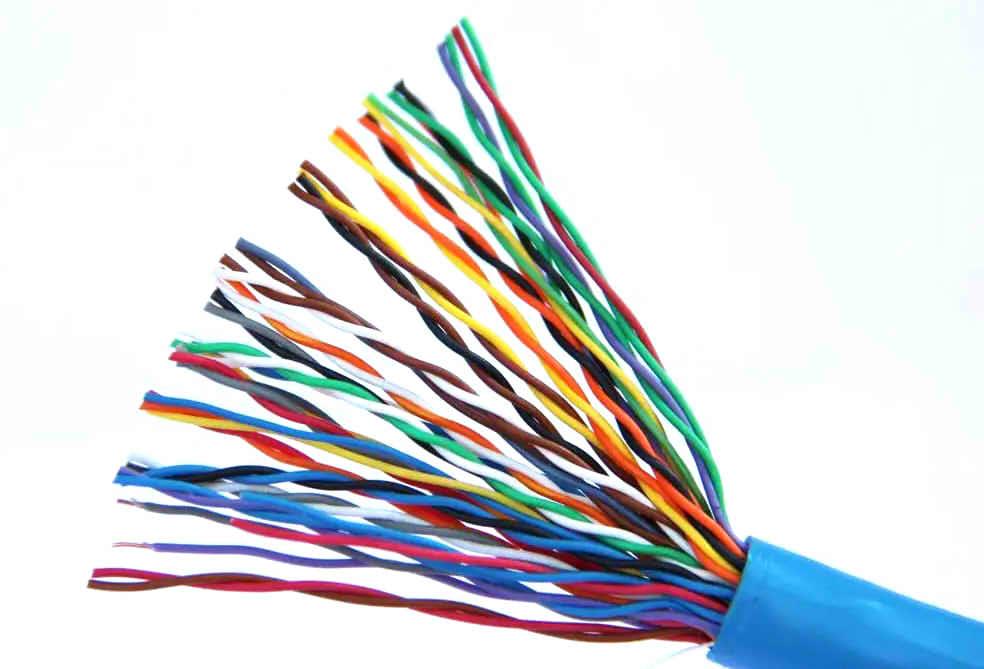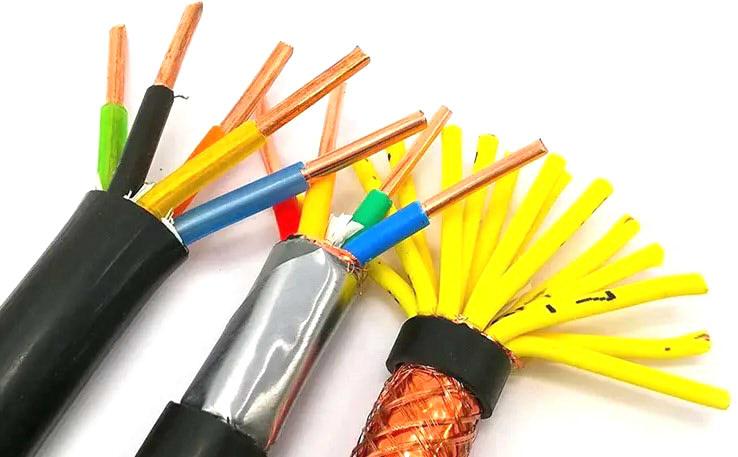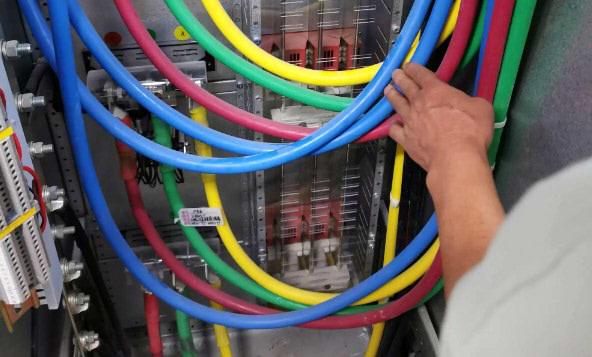Control cables are an integral part of the electrical system. If you want to know what a control cable is, the characteristics, functions and models of control cables and how to use them correctly in your daily life, take some time to read the article and you will surely learn something.
– What Are Control Cables?
– What Characteristics Do Control Cables Have??
– How to Correctly Use Control Instrumentation Cables?
– Factors Affecting the Service Life of Instrumentation Cables
– Notes on the Use of Instrumentation Cables
What Are Control Cables?

Cables that connect from the control center to individual systems to transmit signals or control operating functions are collectively called control cables..
Usually, the instrumentation cables are responsible for controlling the displays of the indicators, the indications of the instruments, the operation of relays and switchgear, alarm interlock systems, etc.
Instrumentation cables play a critical role in the electrical industry. They differ in their construction, materials and types according to the place where they are used.
With the rapid development of the economy, greater demands are placed on the selection and application of control cables. To choose the right cable control, you must take into account the temperature of use, environmental requirements and price.
What Characteristics Do Control Cables Have??

- Screened control cables are suitable for industrial and mining installations, energy and transport sectors, for AC control circuits with a nominal voltage of 450/750 volts or lower. Instrumentation cables near protection lines must use XLPE insulation and jacketing.
- Los fire control cables have a high resistance to fire. During a certain period of time, will withstand direct flame combustion without short-circuit failure. Therefore, it is also suitable for use as an emergency control in situations with high fire safety requirements.
- Control cables have low smoke emission when heated and use halogen-free thermoplastic materials. So, is suitable for use as a control connection where environmental protection is required.
- The current through the control wire is usually small, so its section does not usually exceed 10 mm2.
- Since instrumentation cables are primarily used to transmit control signals, are available on a large number of cores. The most common cable control cores are 2-61. Specific cores can also be manufactured according to customer requirements..
How to Correctly Use Control Instrumentation Cables?
- To ensure that instrumentation cables are affected to a lesser extent in the event of insulation breakage or mechanical damage, separate control cables must be used to protect the lines and trip control circuits.
- When the laying is carried out on cable supports in trenches or tunnels, the position of the cables and the laying order must be arranged in advance to avoid cable crossings.
- Before laying the control cable, check that the appearance and head of the cable are in good condition. Pay attention to the direction of rotation of the cable tray during laying, so as not to crush or scratch the outer jacket of the cable.
- When one of the spare cores of the control cable is grounded, the amplitude of the disturbing voltage can be reduced between a 25% and a 50%. This is easy to apply and the cost increase is not significant..
- Los shielded control cables can be fixed in trenches and underground pipes where they are subjected to high mechanical forces. Unshielded control cables can be placed inside. Different types of instrumentation cables have different ranges of use..
Factors Affecting the Service Life of Instrumentation Cables

Room temperature
If the temperature is too high, there is a risk of breaking the insulation of the instrumentation cable. Therefore, pay attention to the ambient temperature. Besides, if the instrumentation cable is overloaded for a long time, the temperature will rise and accelerate the aging of the insulation. The heat of the pipes at high temperature, the chemical corrosion of acids and bases and welding sparks can cause control cables to catch fire.
Rainy time
If you encounter bad weather, As the rain, you should answer according to the actual situation. Moisture can have a significant impact on the insulation of control cables. When a power failure occurs, you must cut it immediately. An electrician must go to check the cause and solve it.
Corrosion
The control cable insulated sheath is subjected to corrosion by corrosive gases for a long period of time. Your insulation performance will gradually decline and the insulated cover will slowly age and harden.. For this reason, control cables must not be placed in strongly acidic or alkaline environments.
Notes on the Use of Instrumentation Cables

- When the control wire is cut, The wire should be tied tightly at both ends of the cutting point 60-80MM before cutting to avoid loose shielding layer.
- Do not stretch the instrumentation cable by dropping it at low temperatures in winter to avoid cracking the insulation and sheath.
- Instrumentation cables cannot be exposed to direct sunlight or ultra-high temperature, you can use tubes to lay the wires.
- Cable trays cannot be stored flat. Control cables should be coiled regularly during storage. They have to do it once every 3 months in summer, other seasons as appropriate. when rolling, storage tray side down will roll to the top to prevent moisture from breaking down at the bottom. when storing, it is important to pay attention to whether the cable head is intact.
We hope this information can help you. ZMS CABLE we offer reliable and economical control electrical cables with technical assistance for their installation. If you have any questions, Contact us.
